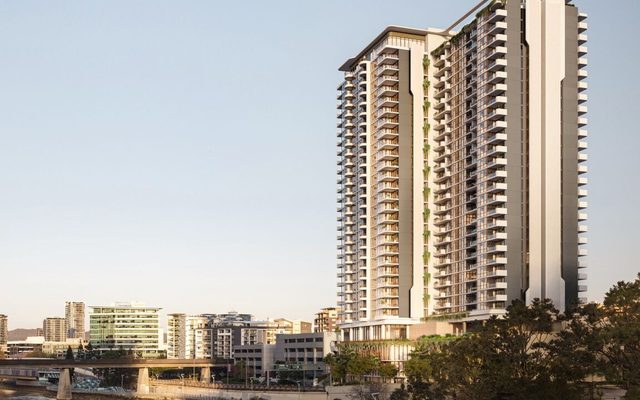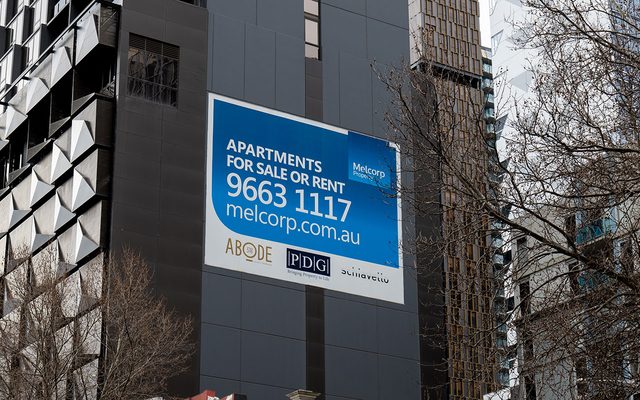This article is from the Australian Property Journal archive
LABOR’S proposal of a $10 billion Housing Australia Future Fund has been well-received by property industry bodies, who welcomed the additional supply to the market.
Outlined in federal opposition leader Anthony Albanese’s budget reply speech, the fund would deliver 20,000 social housing properties over its first five years. Among those would be 4,000 for new social housing homes for women and children experiencing domestic and family violence and older women on low incomes, and another 10,000 affordable homes for frontline workers such as nurses, emergency services workers and police.
The Future Fund Board of Guardians would manage the new housing fund.
Labor also pledged $100 million for crisis and transitional housing for women at risk, $200 million for the repair, maintenance and improvements of housing in remote Indigenous communities, and $30 million over the first five years to build more supportive housing and fund specialist services for veterans living or at risk of homelessness.
“The ultimate objective of boosting housing supply and closing imbalances in the market is one we need all tiers of government to stay laser-focused on, but social and affordable housing can play its part,” UDIA national president, Simon Basheer said, adding that continued focus on bolstering supply, exploring innovative financing mechanisms and partnering with the private and community housing sector is essential.”
“New models of financing, developing and managing social and affordable housing are being advanced by governments at all levels, and the opposition’s pledge is a welcome extension to the debate.”
Basheer said proposals for social and affordable housing need to be viewed in the context of the underlying, structural deficit on housing supply that continues to put pressure on housing affordability.
“We’ve witnessed a record year of housing production in some markets and making that a durable baseline is the best remedy for the challenges homebuyers seeking to enter the market currently face.”
The federal government’s HomeBuilder program is expected to support some $30 billion of residential construction after than 120,000 grant applications were made – four times more than expected – although the construction boom will slow.
“However, the policy-driven strength in demand for detached house construction partly reflects a bring-forward in demand from future years and activity is expected to moderate as the current pipeline of work is completed,” budget papers said.
The federal government’s 2021-22 budget included a $782.1 million housing package. It outlined the Family Home Guarantee that will give single parents the opportunity to buy a house a deposit of just 2%, while extended first home buyer initiatives and government downsizer superannuation contribution.
While the measures were also welcomed, concern remains about the role of low stock supply which is pumping up house prices.
The UDIA urged Labor to clarify its position on the negative gearing and capital gains tax discount policies it took to the last election.
“These policies would have the effect of disrupting housing markets and undermining the delivery of much- needed rental stock – without making a material difference to prices.
The Property Council of Australia called on Labor to rule out changes to negative gearing and capital gains tax.
“Changing current negative gearing or CGT arrangements would be the wrong policy, at the wrong time and have a perverse impact on housing affordability,” Property Council chief executive, Ken Morrison said.
Morrison welcomed the focus on federal investment into social and housing affordability.
“Housing affordability is a dire issue for Australia and the Housing Australia Future Fund is an innovative approach to house less fortunate Australians.”
“We need greater supply across the entire housing spectrum, and this investment would certainly be welcome by the industry.”
Median house prices have reached new records across the capital cities as the speed of the housing market recovery shocked many, and combined with forecasts for ongoing price increases has brought ongoing affordability issues back into the spotlight.
The Australian Institute of Architects CEO Julia Cambage said, “for too long we have seen successive governments tinker around the edges of social and affordable housing policy”.
“At the same time, Australia’s homelessness and housing affordability crisis has steadily worsened.
“Housing is a fundamental human right, and we welcome the opposition leader’s recognition of this in his budget reply speech tonight.
“The Institute particularly welcomes the focus on constructing new social and affordable housing for the most vulnerable and most in-need sectors of our community.”




